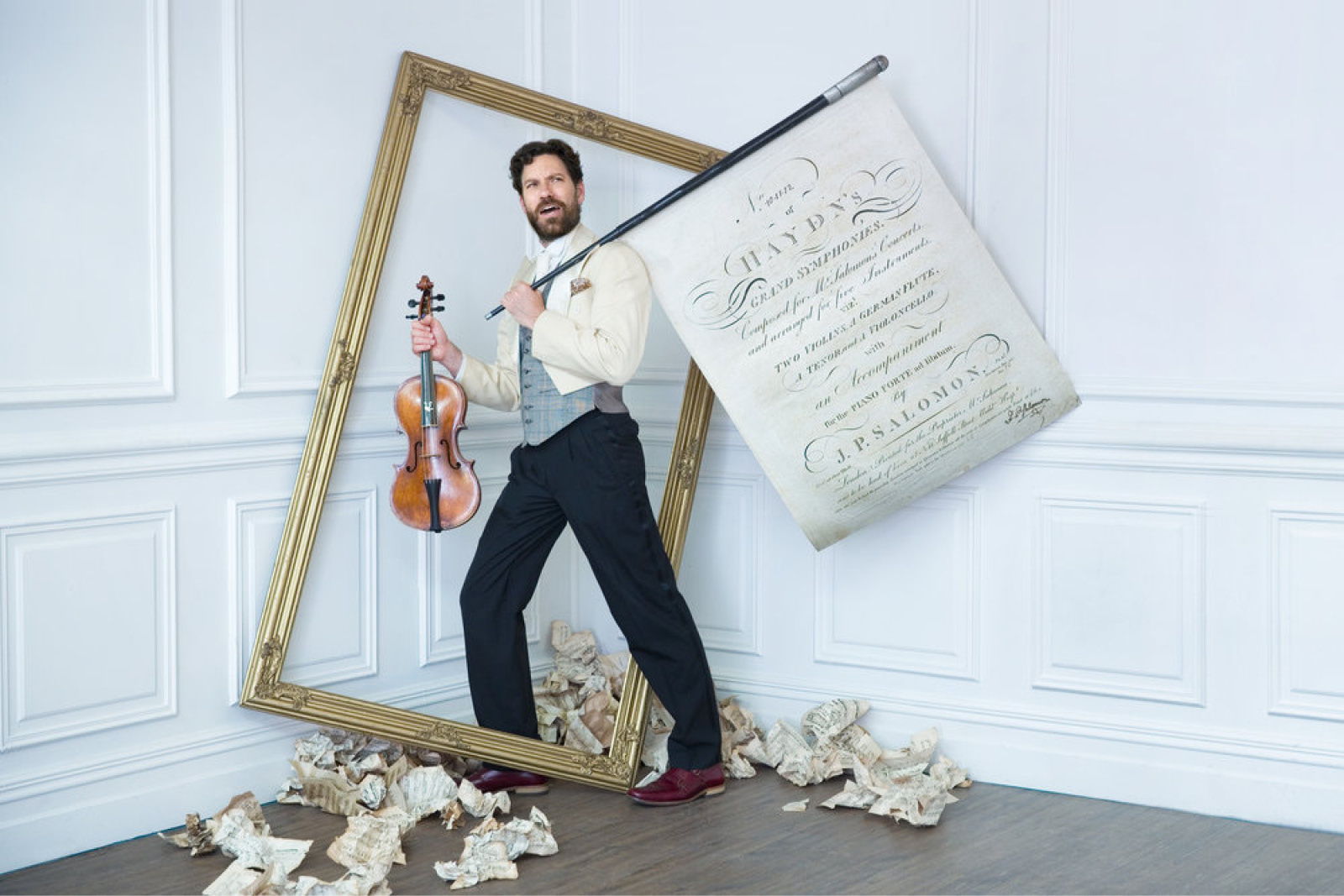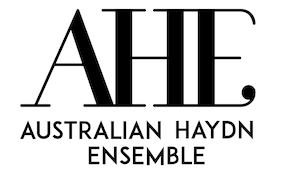Luigi Boccherini’s Las Parejas Flute Quintet makes for a brilliant curtain raiser, with its fanfare opening in the strings – apt music to kick off period outfit the Australian Haydn Ensemble’s 2020 season.
 The Australian Haydn Ensemble’s Emperors & Armies. Photo supplied
The Australian Haydn Ensemble’s Emperors & Armies. Photo supplied
The sixth Quintet in the Italian Boccherini’s Opus 19 set, written in 1774, takes its title – ‘The Couples’ – from Spanish horse racing, the composer having moved to Spain in the late 1760s at the invitation of the Spanish Ambassador. Sandwiched between the fanfare Entrada-Marcia movements – the marches adorned with festive flute trills – the central Galope more than lived up to its name in the hands of this quintet, comprising Skye McIntosh and Matthew Greco on violin, James Eccles on viola, Anton Baba on cello and Melissa Farrow on flute.
Haydn’s String Quartet No 62, Op. 76, No 3, has been dubbed The Emperor for the composer’s incorporation of an anthem he wrote for the Holy Roman Emperor Francis II after hearing God Save the Queen in England when he visited in the 1790s. His melody was an instant hit and has variously been the anthems of Austria and Germany (where it is still used as the national anthem today), the quartet’s popularity no doubt stemming in part from Haydn including a set of variations on the melody. After the fervid energy of the Allegretto, the second movement – in which the anthem is used – was a moment of tranquility, with Greco’s clean, polished lines in the first variation a particular highlight. McIntosh brought a rich, mellow tone to the Menuetto before the dramatic opening chords and lighter, virtuosic passagework of the finale.
Mozart – who was highly influenced by Haydn’s quartet writing and dedicated his six ‘Haydn’ String Quartets to the composer – wrote his First Prussian Quartet (K.575) in 1789 as part of a set dedicated to King Friedrich Wilhelm II of Prussia. The King was a cellist, so Mozart included plenty of great cello moments – which were handled with aplomb by Baba in this performance, particularly his sweet tone in the Trio section of the third movement.
Though the energy rarely flagged, the earlier works on this program were plagued by some persistent intonation issues. These were largely left behind in the final work, however, a show-stopping performance of Haydn’s Symphony No 100, The Military, in an arrangement by the composer’s London promoter Johann Peter Salomon for which the quartet was joined once more by Farrow. Arrangements of symphonic works for reduced forces can sometimes sound skeletal, but not so here, the quintet producing a warm, joyous chamber sound, Farrow’s flute doing the work of an entire wind and brass section. While this arrangement loses the splashy colour of the ‘Turkish’ percussion (triangle, cymbals and bass drum) that gave the Symphony its nickname, the musicians compensated with a dramatic, exciting performance that left the audience on a high.












Comments
Log in to join the conversation.